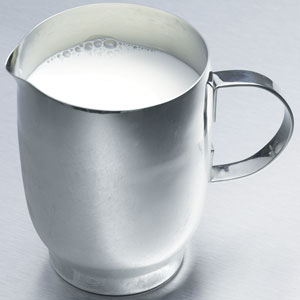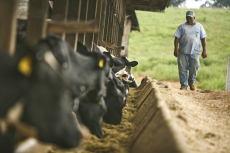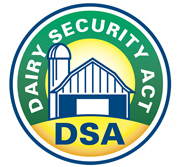 ARLINGTON, VA – Two national dairy organizations are urging Nevada Governor Brian Sandoval to veto legislation that would allow the sales of raw milk directly to consumers, arguing that the food safety risks of the measure represent too great a gamble with the public’s health.
ARLINGTON, VA – Two national dairy organizations are urging Nevada Governor Brian Sandoval to veto legislation that would allow the sales of raw milk directly to consumers, arguing that the food safety risks of the measure represent too great a gamble with the public’s health.
In a letter sent Tuesday to Sandoval, the National Milk Producers Federation (NMPF) and the International Dairy Foods Association (IDFA) said that Assembly Bill No. 209, which is awaiting review by the governor, would greatly increase Nevadans’ risk of serious illness because of the potentially dangerous bacteria that are often present in milk that has not been properly pasteurized.
“Gambling with the health of your state’s residents – particularly its children – is a bad bet,” said NMPF President and CEO Jerry Kozak in the letter. “While choice is an important value, it should not pre-empt consumers’ well-being,” he said, likening consumption of unpasteurized milk to a game of Russian roulette.
The letter cited a 2012 report from the Centers for Disease Control and Prevention (CDC) which found that between 1993 and 2006, unpasteurized dairy products resulted in 73 known outbreaks – causing 1,571 cases of foodborne illness, 202 hospitalizations, and 2 deaths. The CDC also concluded that unpasteurized milk was 150 times more likely to cause food-borne illness outbreaks than pasteurized milk, and such outbreaks had a hospitalization rate 13 times higher than those involving pasteurized dairy products. The CDC has reported that nearly 75% of raw milk-associated outbreaks have occurred in states where sale of raw milk was legal.
“Legalizing the state-wide sale of raw milk in Nevada increases the risk to public health, opening up the State’s consumers to the inevitable consequence of falling victim to a foodborne illness,” said Connie Tipton, President and CEO of IDFA.
Gov. Sandoval has until the end of the week to either sign or veto the assembly bill.
Federal law prohibits the interstate sales of raw milk but leaves it up to each state to determine how to regulate the product within their borders. An increasing number of states have liberalized sales of raw milk in recent years, which the dairy organizations say is a threat to public health and runs counter to other trends in the food industry to take additional steps to prevent unsafe foods from reaching consumers.
“Raw milk is a known source of life-threatening pathogens such as Campylobacter, Salmonella, Listeria and E. coli. It’s an abdication of a public servant’s role to take actions that will result in more people, including children, becoming sickened by these bacteria,” Tipton said.
The National Milk Producers Federation, based in Arlington, VA, develops and carries out policies that advance the well-being of dairy producers and the cooperatives they own. The members of NMPF’s 30 cooperatives produce the majority of the U.S. milk supply, making NMPF the voice of more than 32,000 dairy producers on Capitol Hill and with government agencies.
The International Dairy Foods Association (IDFA), Washington, DC, represents the nation’s dairy manufacturing and marketing industries and their suppliers, with a membership of 550 companies representing a $125-billion a year industry. IDFA is composed of three constituent organizations: the Milk Industry Foundation (MIF), the National Cheese Institute (NCI) and the International Ice Cream Association (IICA). IDFA’s 220 dairy processing members run more than 600 plant operations, and range from large multi-national organizations to single-plant companies. Together they represent more than 85% of the milk, cultured products, cheese and frozen desserts produced and marketed in the United States. IDFA can be found online at www.idfa.org.

 ARLINGTON, VA – A
ARLINGTON, VA – A  From Jerry Kozak, President and CEO, NMPF:
From Jerry Kozak, President and CEO, NMPF:







